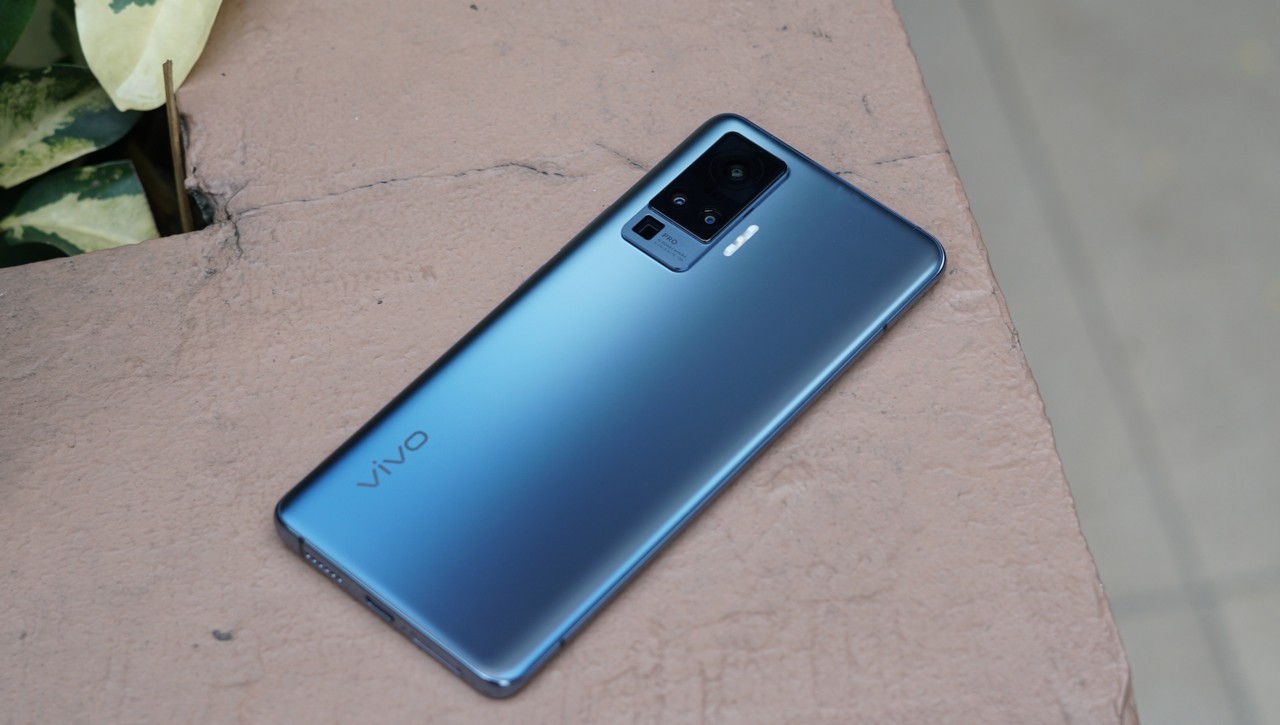
If you’re looking for a flagship phone that has a great set of snappers but doesn’t cost as much as the offerings of Huawei or Samsung, then the vivo X50 Pro might just be the phone for you.
The vivo X50 Pro’s quad-cameras deliver impressive performance for significantly less than what other top-tier brands are asking for, though performance-hungry users may be turned off by the mid-range chipset that ships with the phone.
Pros:
- Excellent build quality
- Design is at the same level as its pricier competitors
- Camera module is big, but isn’t an eyesore
- Gimbal stabilization isn’t just a gimmick – it actually works
Cons:
- Expensive
- Doesn’t have a flagship processor
- No wireless charging
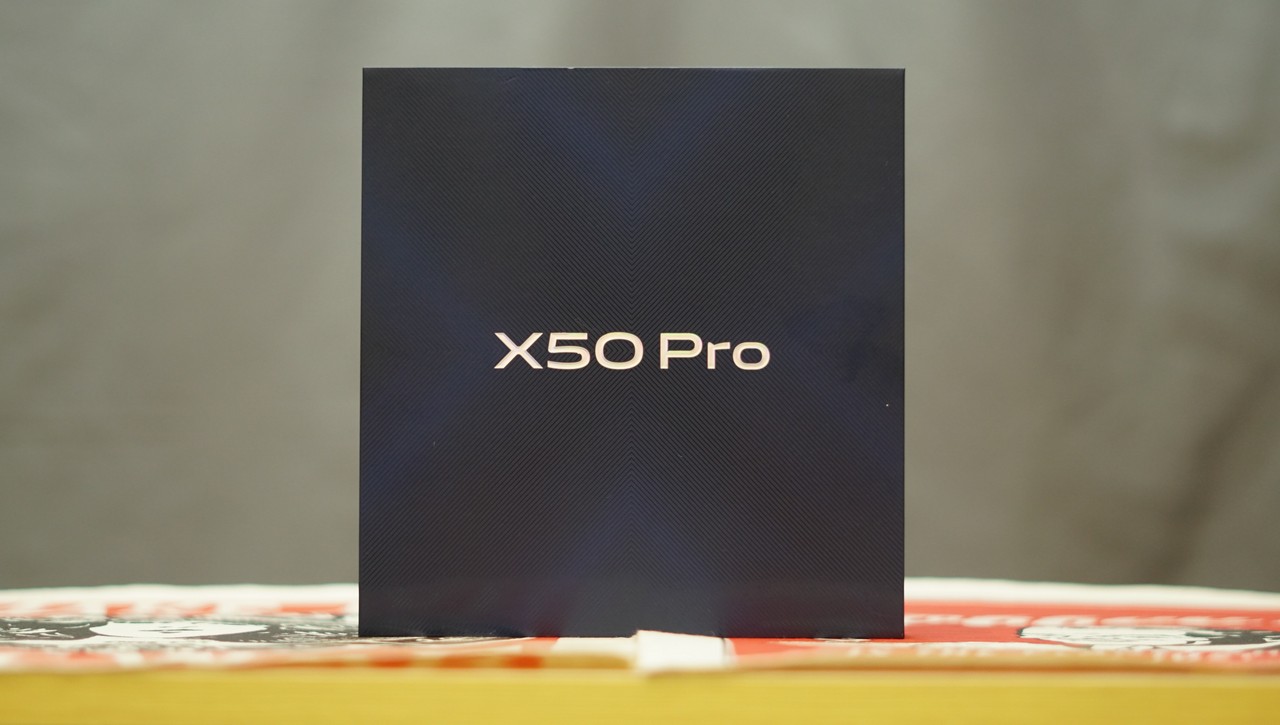
Packaging and contents:
vivo’s always made sure to give their flagship smartphones a bit of extra flavor in the packaging, and the X50 Pro is no exception to this. The phone has a subtle holographic effect embossed on the outside of the box, and has its name proudly displayed on the outside.
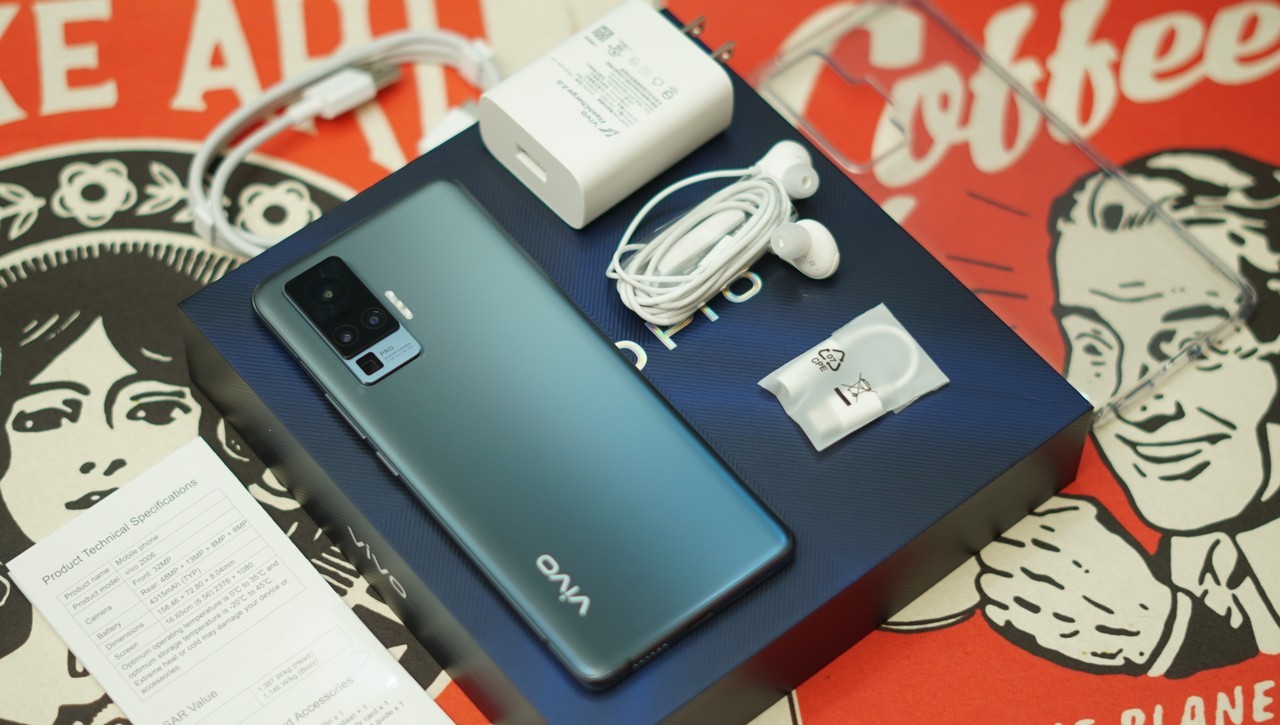
Opening the box reveals the phone itself, a silicone case, USB Type-C cable, a rather thick fast charger, 3.5mm to USB Type-C adapter, along with a pair of headphones that still use a 3.5mm jack (despite the phone not having said jack), and whose quality is a little out of place with the phone.
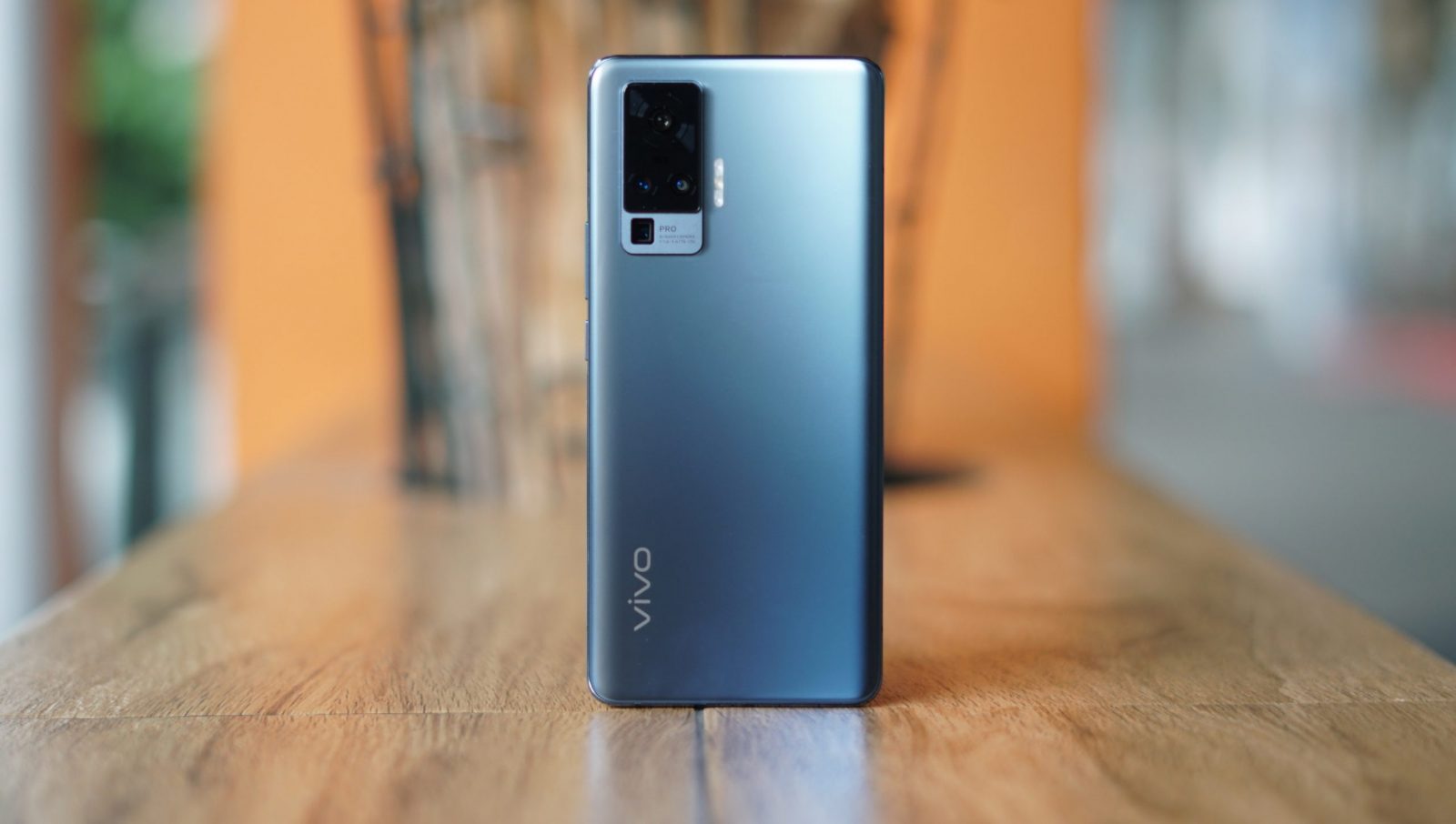
The best looking phone vivo’s made in a while
While vivo certainly makes good-looking phones, I was really surprised at how pretty the X50 Pro looked when I first got our review device.
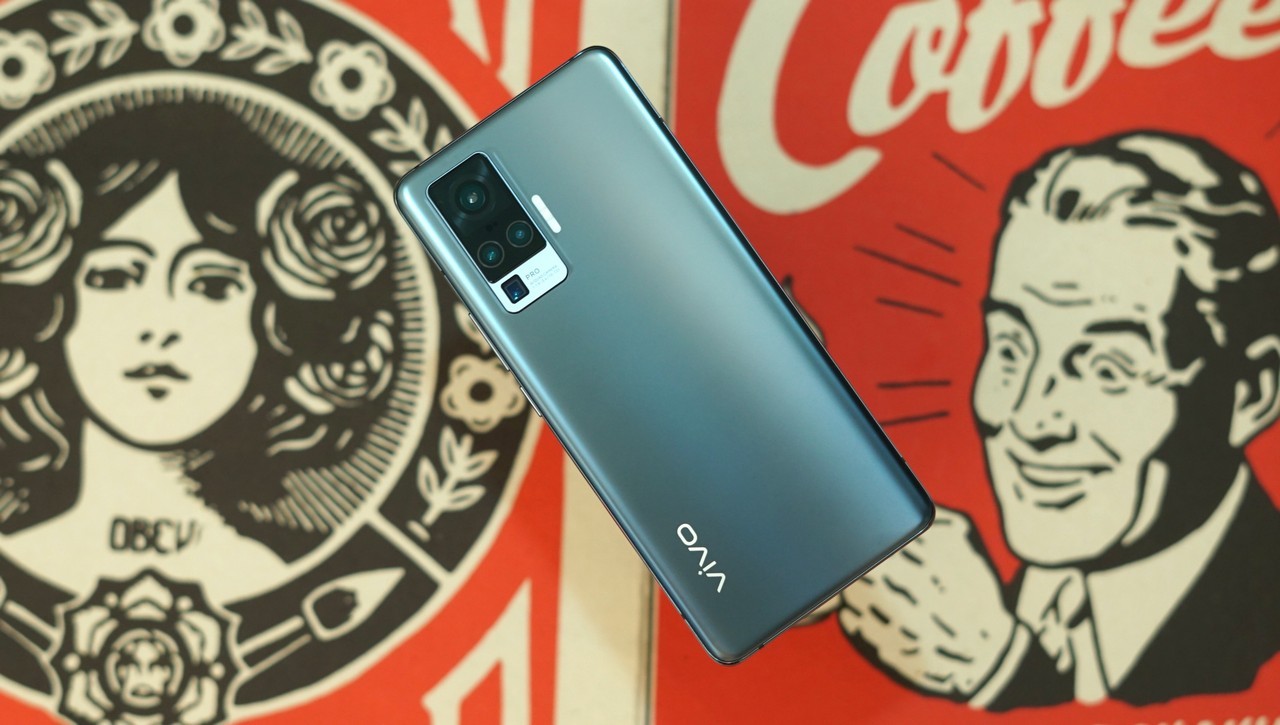
The X50 Pro is probably one of the best-designed phones I’ve seen this year, a list that’s pretty expansive 8 months into 2020. While vivo uses the same glass and aluminum combo for the X50 Pro that its rivals do, the frosted glass, satin-soft finish that it exudes is in a class of its own. The Alpha Grey finish shifts subtly depending on how the light hits it, giving it that understated look that I really dig.
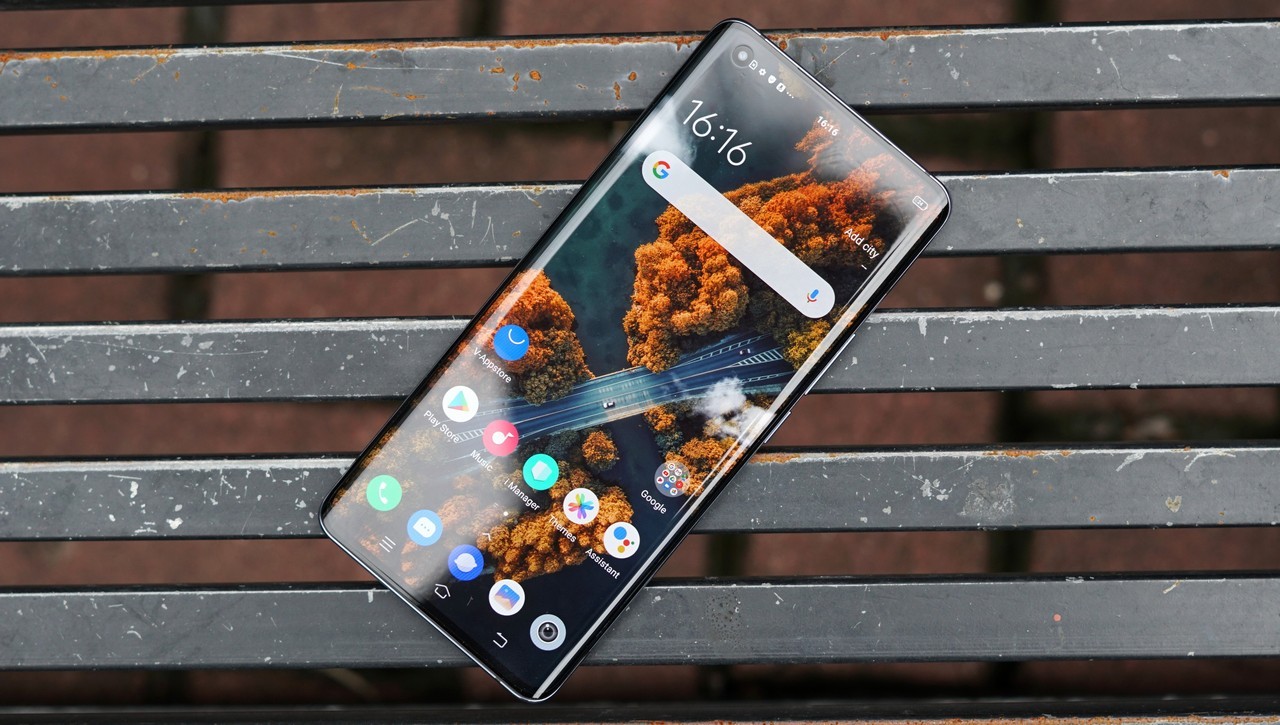
The back of the phone is curved, with the phone sporting rounded corners, though the top and bottom are flat, and I found it pretty easy to stand up the phone on its own on level surfaces for photographs. It’s a unique but subtle design tweak I kind of like with the phone.
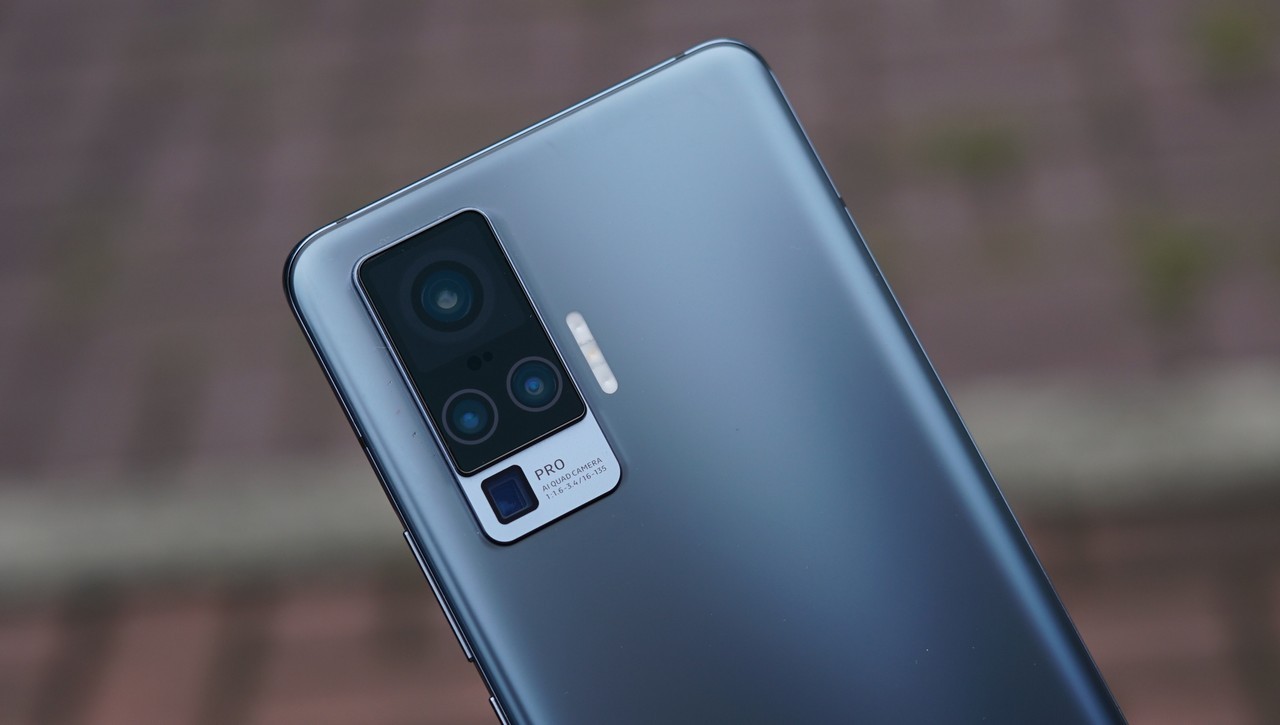
The rectangular camera module sticks out a fair bit and uses a two-step design and is a little on the large size. I’m starting to accept the fact that most flagships nowadays will come with almost comically gigantic camera modules to fit all the fancy new tech in them, and to the vivo X50 Pro’s credit the module isn’t as ugly as the one in say, Samsung’s Galaxy S20 Ultra.
Like most modern flagships the X50 Pro doesn’t have a 3.5mm jack (despite including a pair of wired headphones for the aging audio standard) and doesn’t have a physical fingerprint scanner on the rear.
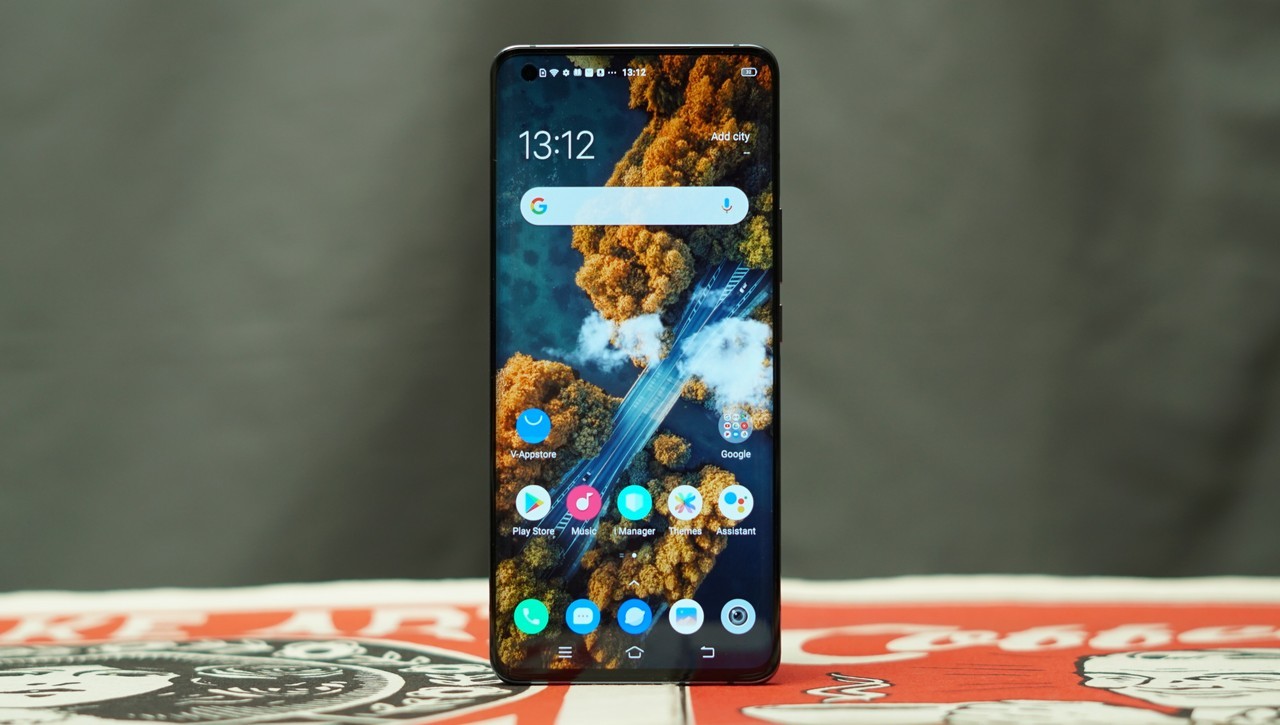
The curved display is gorgeous
The vivo X50 Pro uses a curved, 6.56-inch, 2376 x 1080 resolution Dynamic Super AMOLED panel.
The display has all the bells and whistles you’d expect from a top-tier flagship, including a 90Hz refresh rate, 180Hz touch sampling rate, HDR10+ certification as well as giving users a choice from switching between the DCI-P3 and SRGB color profile.

It’s a very color-accurate display, and while it’s not as blindingly bright as some of the other AMOLED panels I’ve seen and tested, it’s perfectly readable under the sun, and had zero issues at all reading it during grocery runs.
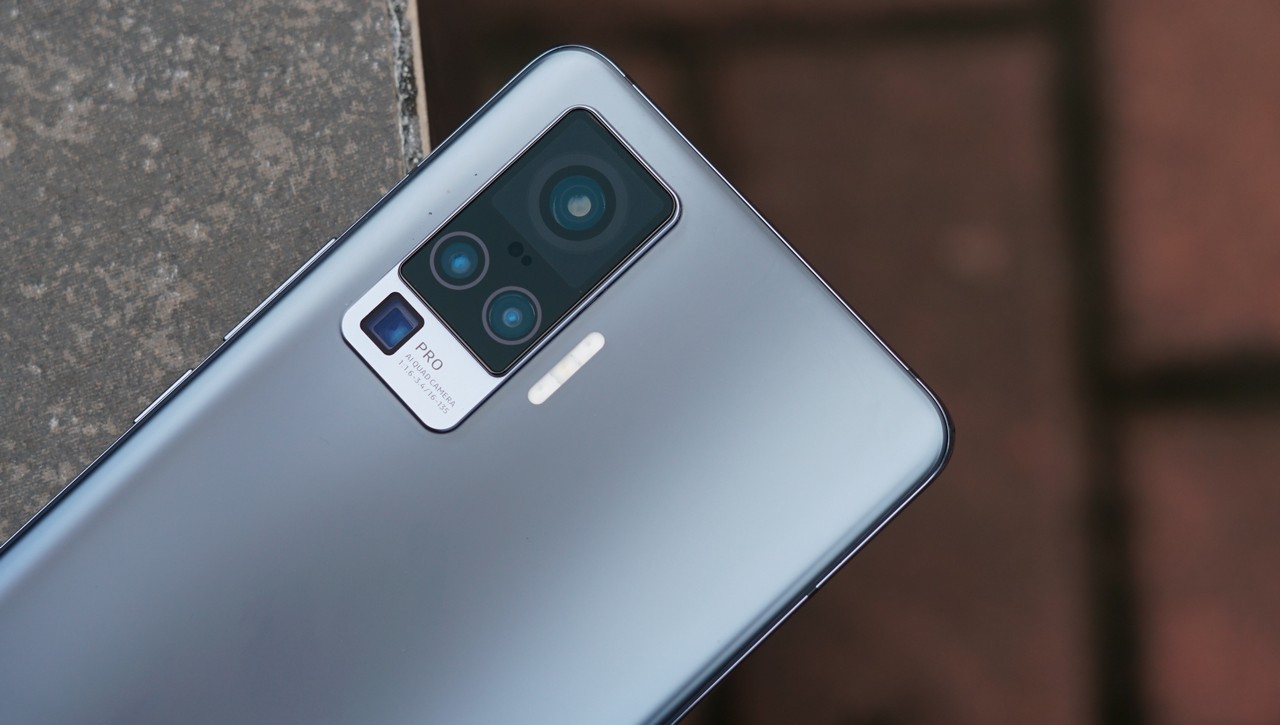
Awesome set of cameras
vivo’s thrown everything they can into the cameras of the X50 Pro, including a new gimbal stabilization system for the 48-megapixel, f/1.6 main camera.
The gimbal system uses electromagnetic induction to work along two axis – which should be enough to counteract involuntary shaking of your hand which affects image quality.
The downside of using that stabilization system is that it makes the primary camera assembly bigger than the rest of the sensors in the module.
Does the gimbal system work? Yes – images that I shot during an overcast sky looks pretty good considering the less than ideal shooting conditions at the time.
Other cameras on the phone include an 8-megapixel f/2.2 ultra-wide sensor, a 13-megapixel f/2.5 telephoto portrait lens, as well as an 8-megapixel f/3.4 5x telephoto lens housed in a periscope arrangement.
Photos using these other cameras look great as well, and I particularly like the fact that vivo has gone to the trouble of trying to keep the white balance consistent across all sensors, which isn’t always the case with other phones.
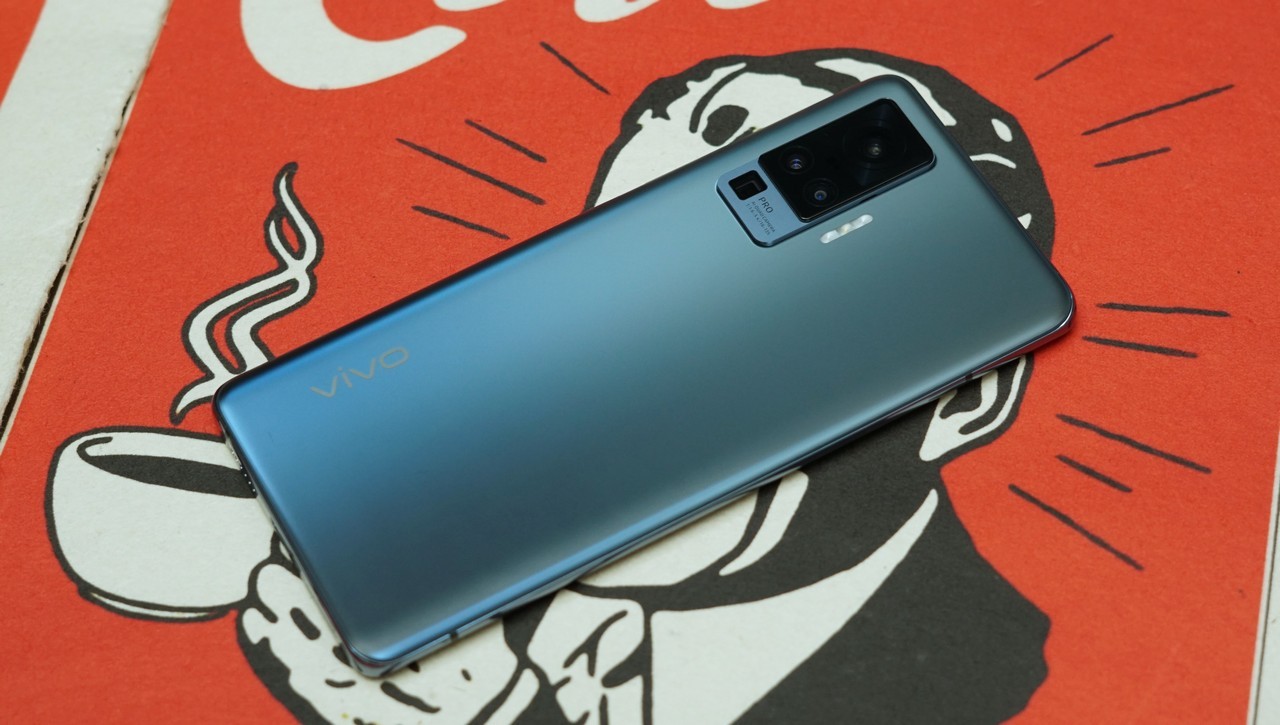
Flagship price but mid-range hardware
If there’s one thing that prospective users may have issues with on the X50 Pro, it’s definitely the processing package. While vivo’s newest flagship may look the part of a top-tier phone, it’s armed with what many consider as a mid-range processor.
Specifically, Qualcomm’s Snapdragon 765G chipset, which is the same processor used in OnePlus’ new Nord mid-ranger. Our review unit came in an 8GB/256GB configuration, which will be what vivo will be offering in the Philippines.
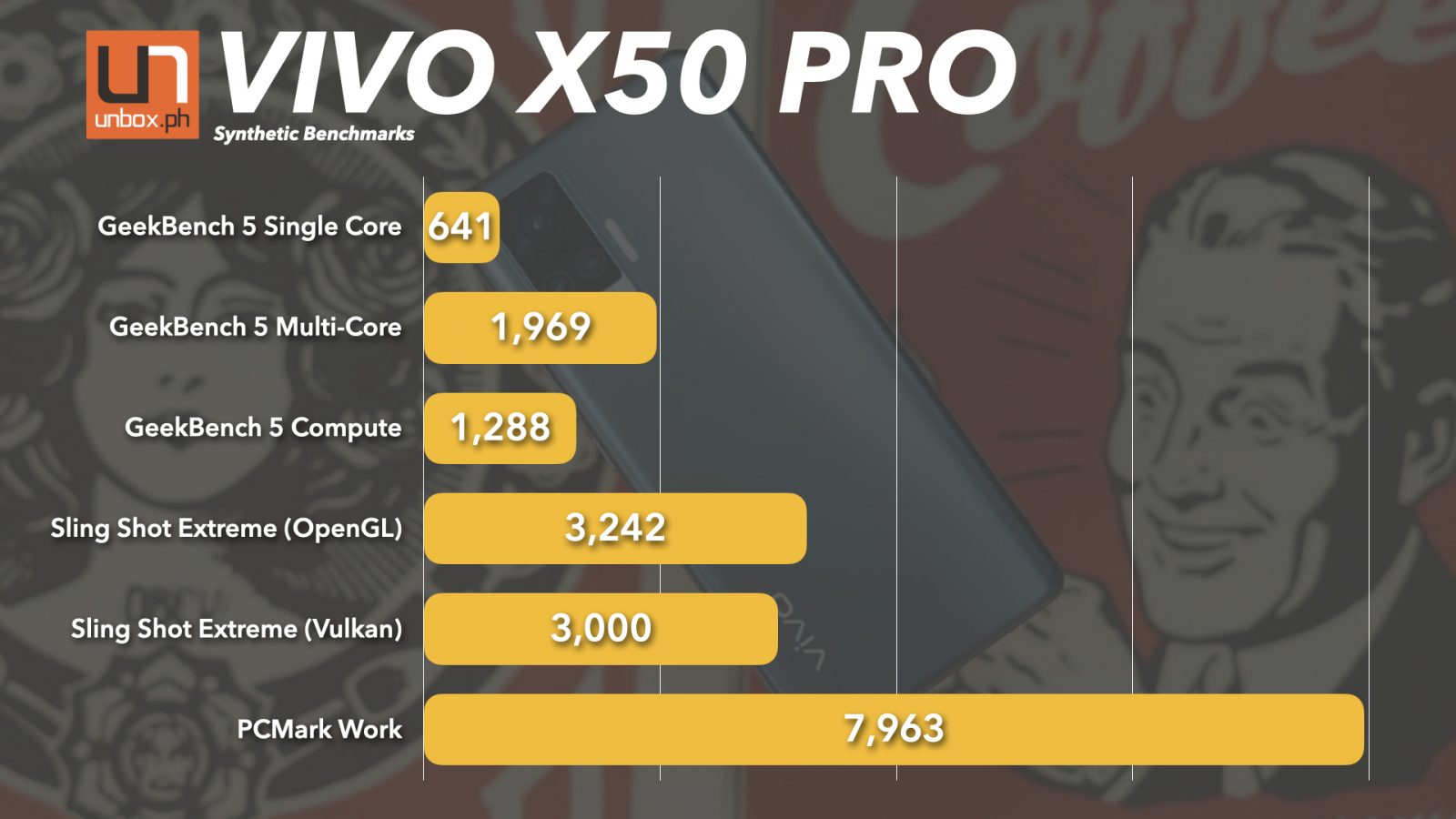
Objectively speaking, the Snapdragon 765G is more than enough for most users, as it’s fast enough to handle most apps that a large percentage of the population use. It’s also a 5G-capable chipset, and it’s for this reason why Smart is including the X50 Pro in its lineup of 5G phones.
Unfortunately when you’re asking for flagship prices, many power users expect flagship hardware, and that’s where most people’s complaints will come from.
Personally I didn’t have a problem with the vivo X50 Pro’s performance in day-to-day tasks, and the phone is future-proofed thanks to its 5G capability.
Like many of vivo’s other phones, the X50 Pro comes with Android 10 and FunTouch UI, and my complaints with the X50 Pro almost mirror the one I had with their flagship last year, the NEX 3.
While the company has toned down some elements of their custom UI (like the addition of an app drawer and less cartoony-looking UI elements) there’s still too much annoying stuff in there for my liking.
Battery for the phone is set at 4315mAh, and the device has 33W fast charging. Unfortunately, you’re not getting niceties like wireless charging on the device, which is a bummer. Our battery benchmark returned an error when we ran it, unfortunately, but by our use we found that the phone has more than enough juice to get you through the day with a bit more left in the tank.
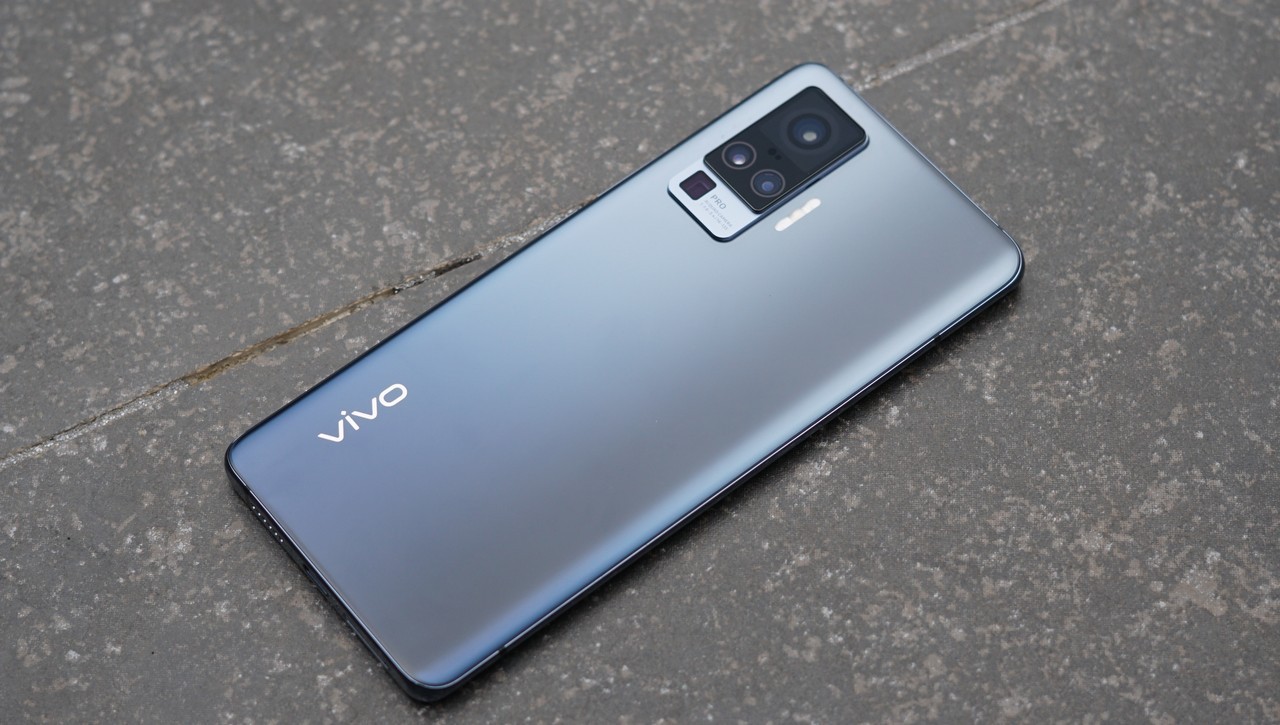
Verdict: Awesome cameras, flagship build – but comes with a price not many will like
vivo’s done a great job with their X50 Pro, and is easily one of the best flagships I’ve tested so far this year. The phone’s exterior is incredibly well built and certainly contains flagship pedigree. The gimbals on the main camera might be gimmicky at first glance, but it certainly delivers the goods.
The problem, like with anything this well made, is the price. While vivo hasn’t launched the phone yet in the Philippines and haven’t announced pricing as of yet, other eagle-eyed tech outfits have already spotted the phone’s official SRP, pegging the price tag at Php 39,999, which is pretty steep, considering that it doesn’t come with a flagship processor. There’s still a chance that vivo may change its pricing come launch time, but in all likelihood, vivo will stick with the almost Php 40K pricing for its new flagship. On the bright side, the phone will be showing up in Smart’s 5G device lineup, so if you’re renewing your plan or grabbing a new one, you can get the cost subsidized that way.
If you’re someone that’s looking for a flagship that has great camera performance as well as a well-built exterior, and future-proofing thanks to its 5G capabilities, then the X50 Pro is for you. If you’re a power user that wants a flagship chipset along with everything I just mentioned, then it’s safe to say you should skip the X50 Pro.




















